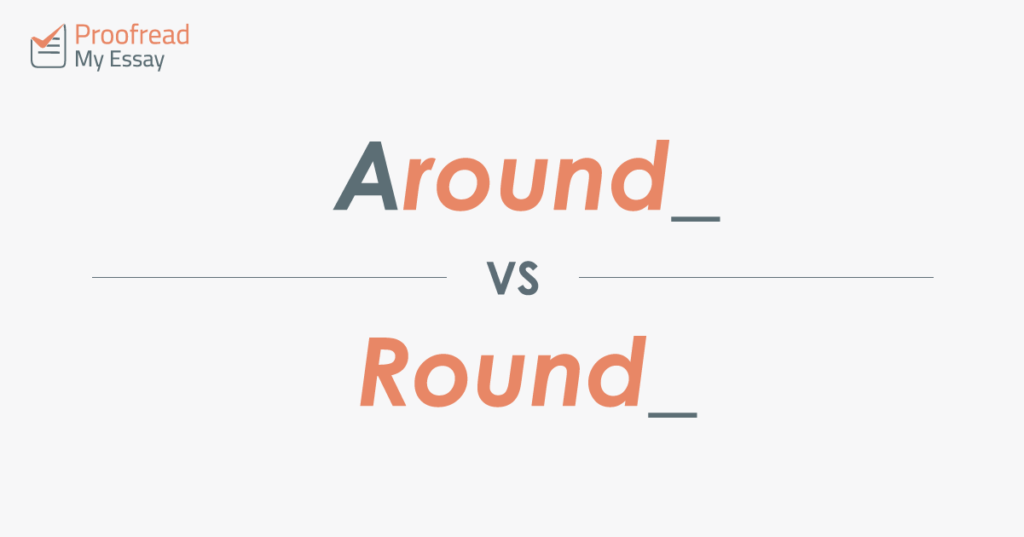Is there a difference between the words ‘around’ and ‘round’? The answer: yes and no.
To be more specific, ‘around’ and ‘round’ are interchangeable in some situations, but not in others. Understanding how these words should be used can therefore help you avoid mistakes.
Around (In a Circle or In All Directions)
The word ‘around’ is usually an adverb or a preposition. It often refers to something that moves in a circle or surrounds something else:
The earth goes around the sun.
The castle wall was built around the central keep.
(Photo: music4life)
It can also mean ‘in all directions from a centre point’, ‘in all parts of a place’ or ‘in the vicinity of’:
From the top of the tower, you could see for miles around.
He showed me around the castle grounds.
There are many old buildings around here.
A slightly different usage is to mean ‘approximately’, such as in:
The castle is around five miles away.
In most other cases, though, ‘around’ implies circling or surrounding something.
Round (Circles and More…)
‘Round’, meanwhile, has a large number of uses. As an adverb or preposition, it is often used similarly to ‘around’. For example, we could say:
Find this useful?
Subscribe to our newsletter and get writing tips from our editors straight to your inbox.
The castle wall was built round the central keep.
The earth goes round the sun.
He showed me round the castle grounds.
There are many old buildings round here.
These uses of ‘round’ are a little informal, though, so ‘around’ may be the better choice in academic writing or other formal documents.
In addition, ‘round’ has many other uses, including as a noun, a verb and an adjective. For instance:
- Noun = She knocked out her opponent in the third round.
- Verb = After dividing the numbers, round the result down to the nearest hundred.
- Adjective = The large, round building was falling apart.
As you can see, while some of these uses of ‘round’ relate to something circular (such as the ‘round’ building), this isn’t always the case. We won’t go into the various definitions of ‘round’ here. But keep in mind that these other uses are distinct from ‘around’.
Around or Round?
When describing something that surrounds something else, moves in a circle, or covers several directions or places, ‘around’ and ‘round’ are usually interchangeable.
Remember, though, that this only applies when using these words as adverbs (i.e. to describe an action of some kind) or prepositions. In addition, it is usually better to stick to ‘around’ in formal writing.
Furthermore, in any other (non-circular) situation, or when using ‘round’ as a noun or adjective, these terms cannot be switched. It is therefore best not to mix them up.
British vs. American English
Using ‘round’ in place of ‘around’ is much more common in British English. However, there are no rules against using ‘round’ in American English, so this is just a matter of preference.
